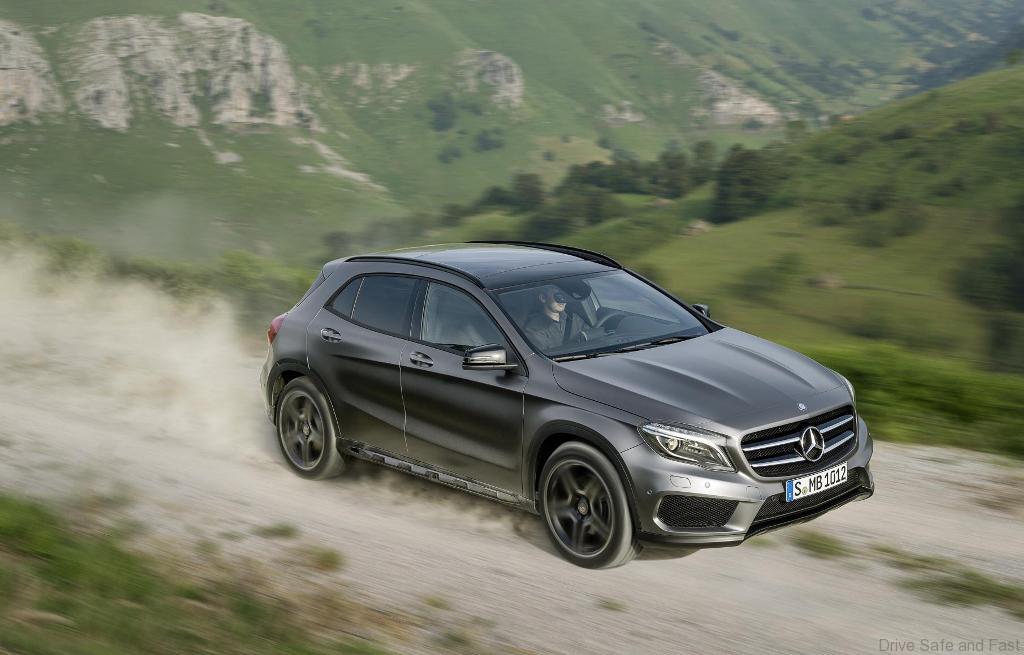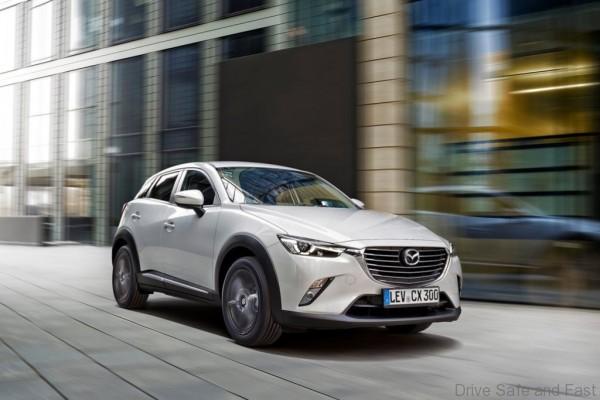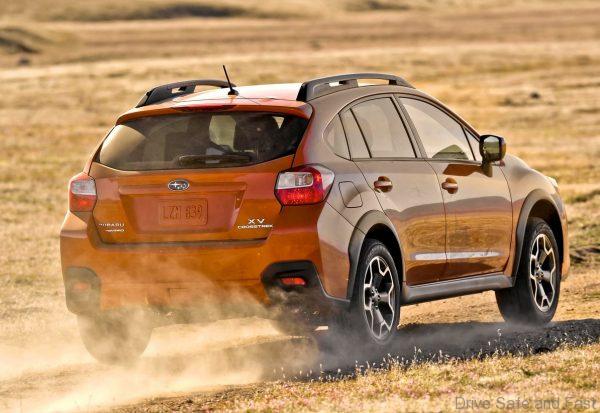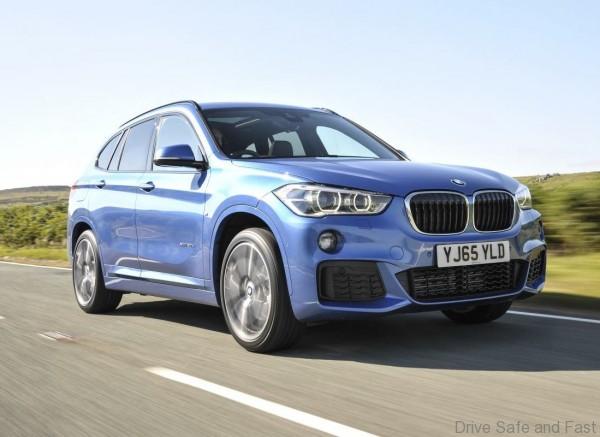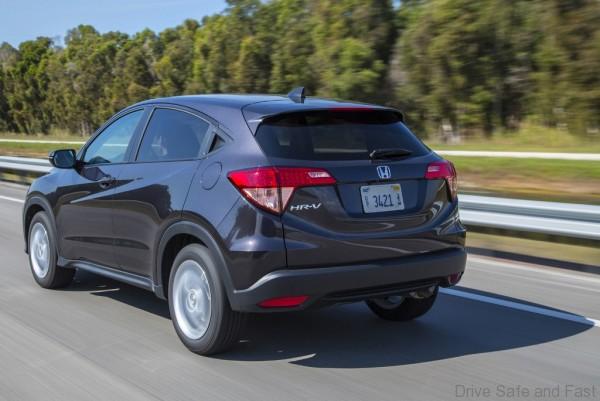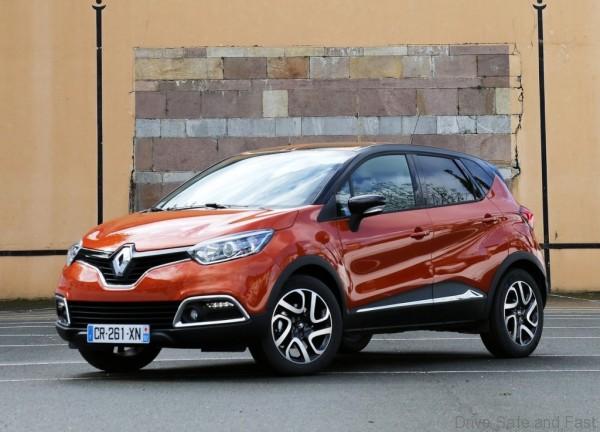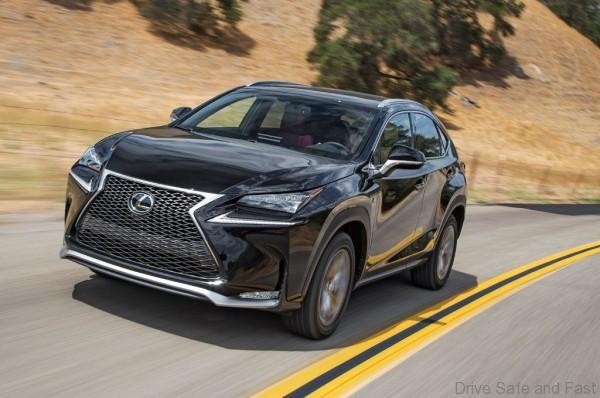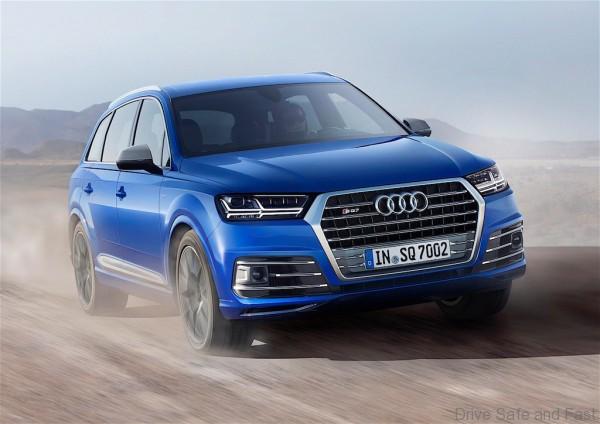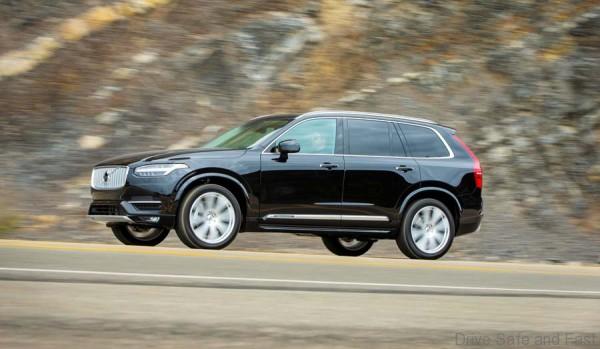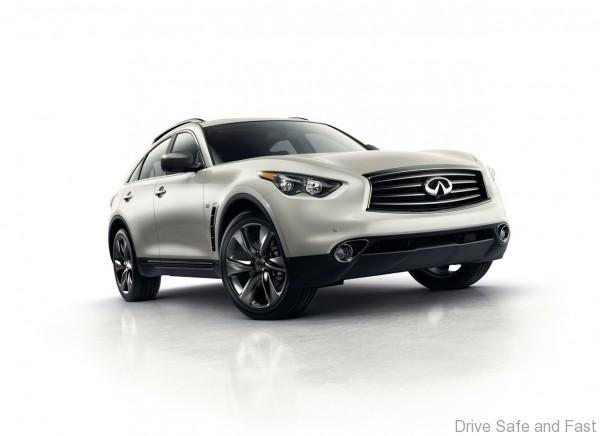You have been considering a high riding large hatchback like vehicle……a SUV…..then someone shows a car brochure with a picture of a SUV but it is called a Crossover. This confuses you and the sale person in the showroom does not explain what and where the difference lies. Well, let us help you.
So what’s the difference? Why are some models called Crossovers while others are known as SUVs? Crossovers are mostly built to handle with the ride quality and convenience of a car, while SUVs are built for more challenging terrain, larger payloads, or for rough terrain duties.
Crossovers start with a car’s “unibody” (underneath it is all from a car) architecture, which simply means the body of the car and its frame, or “foundation,” are a single piece.
SUVs use a “body on frame” make-up that links two independent pieces together. The benefits of a unibody design are that it’s lighter, which leads to better fuel efficiency, agility, and a softer ride. Meanwhile, a heavier “body on frame” design is far more durable both in terms of rust and when driven on high-impact terrain (driving offroad).
So, now that you know this let us show us some examples of a Crossover and some SUV possibilities.
Crossover –
Mazda CX3
Subaru XV
BMW X1
Honda HR-V
Renault Captur
Lexus NX
SUV –
Mercedes G-Wagon
Audi Q7
Volvo XC90
Infiniti QX70





